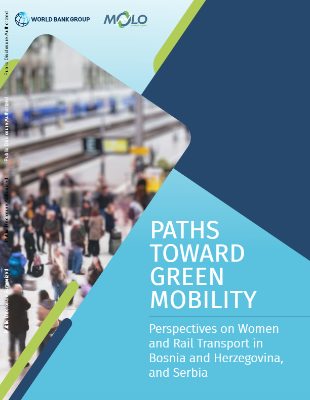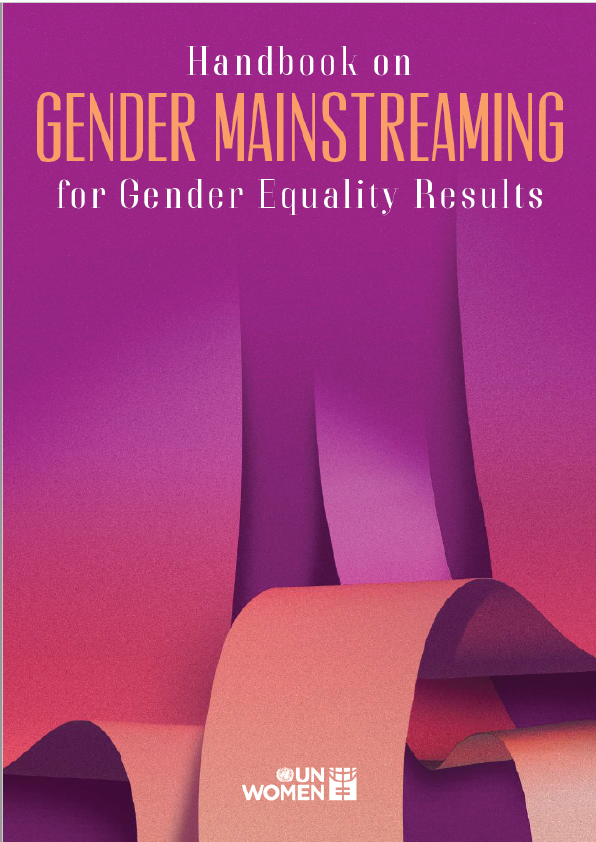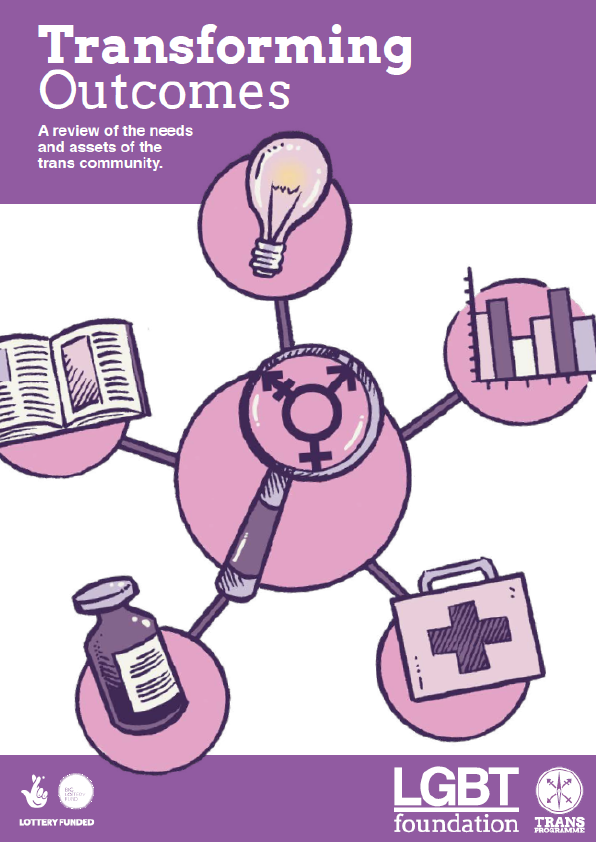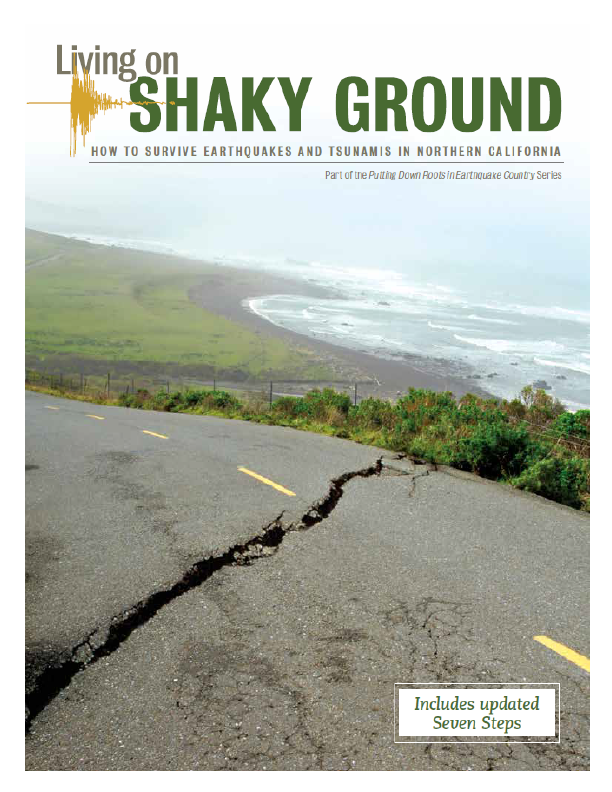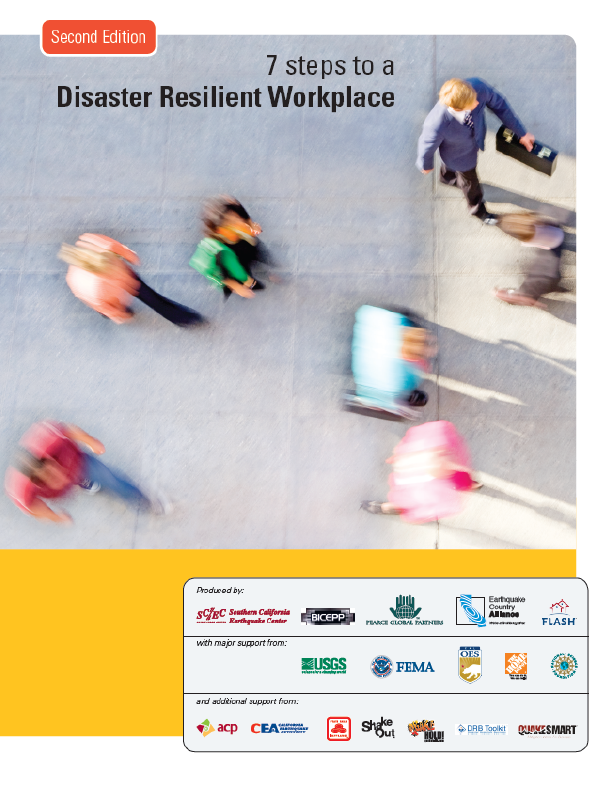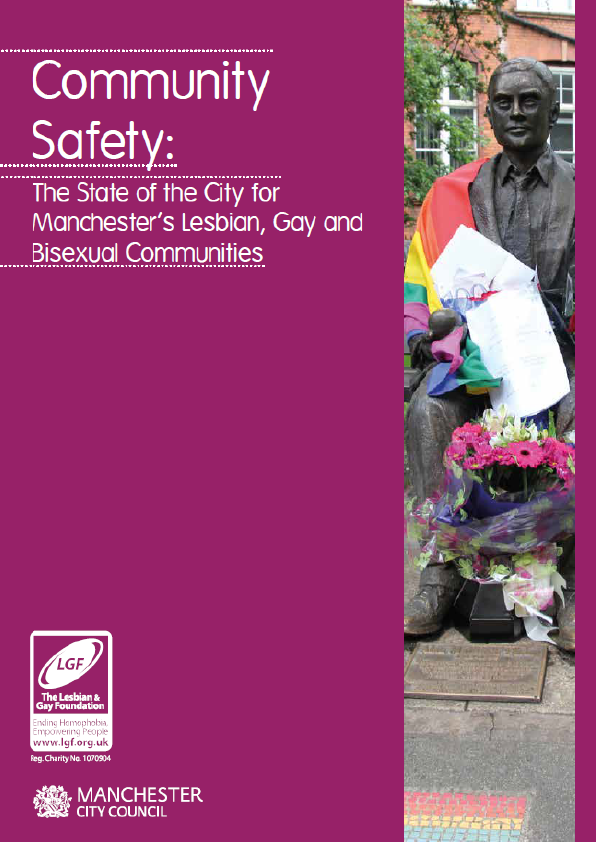This report explores two aspects of the rail transport sector—mobility, and employment–in the countries of Serbia, and Bosnia and Herzegovina (BiH) from a gender perspective. That is, it examines issues of rail transport for women both as passengers, and as sector employees.
For the report, the World Bank engaged two rail transport operators to identify and address gender gaps in the sector.1 In Serbia, the Bank partnered with the Ministry of Construction, Transport and Infrastructure (MCTI) and passenger rail operator Srbija Voz to study gendered mobility barriers in Serbian public transport, with a focus on railroads. In BiH, the Bank engaged ŽRS, the railway company of the Republika Srpska, to identify gender gaps in the company workforce. The findings and recommendations from this work apply to a broad range of transport actors in the Western Balkans and beyond, especially those at a nascent stage of developing their gender programs and embarking on major modernization of transport.
There are many reasons outlined in this report for improving women’s access to public transport in general, and railways in particular, and for opening up opportunities for them to join the rail transport workforce, from addressing the needs of an aging population to enhancing women’s access to jobs and to institutions that are key to strengthening human capital: that is, health and education. This report gives special consideration to the way gender equality in rail transport can influence greener mobility outcomes.
Globally, women make a higher proportion of trips using public transport and walking than men do. Men make more trips by car, motorcycle, and 1 The companies were selected based on the level of company interest, synergies with the World Bank-supported lending operations, and the policy dialogue with both companies on rail reforms. 2 The European Green Deal is a set of policy initiatives by the European Commission with the overarching aim of making the European Union (EU) climate neutral in 2050. bicycle. Care responsibilities, less access to cars, and less disposable income all shape women’s transport choices and have the unintended result of their having a lower carbon footprint than men. This study reflects this global trend and has confirmed that in Serbia most public transport users are women (76 percent vs. 65 percent of men), and that significantly more women than men (44 percent vs. 32 percent) cite having no other option to travel as their main reason for using public transport. This suggests that in Serbia it is primarily women who are so-called “captive” transit users, since their mobility patterns are often not a matter of preference but of necessity.
These findings have significant environmental, social, and economic implications. Without interventions to make transportation more amenable for all, and especially for women, an increase of women in the paid workforce could see their use of cars converge with men’s use over time. And while women’s lower carbon footprint may be desirable environmentally, their current travel patterns, which are localized, are also barriers to their economic independence and their full participation in public and economic life. In this context, addressing the mobility barriers for women is vital both for their individual self-actualization and their social and economic empowerment– and for a just transition to the decarbonization of transport.
